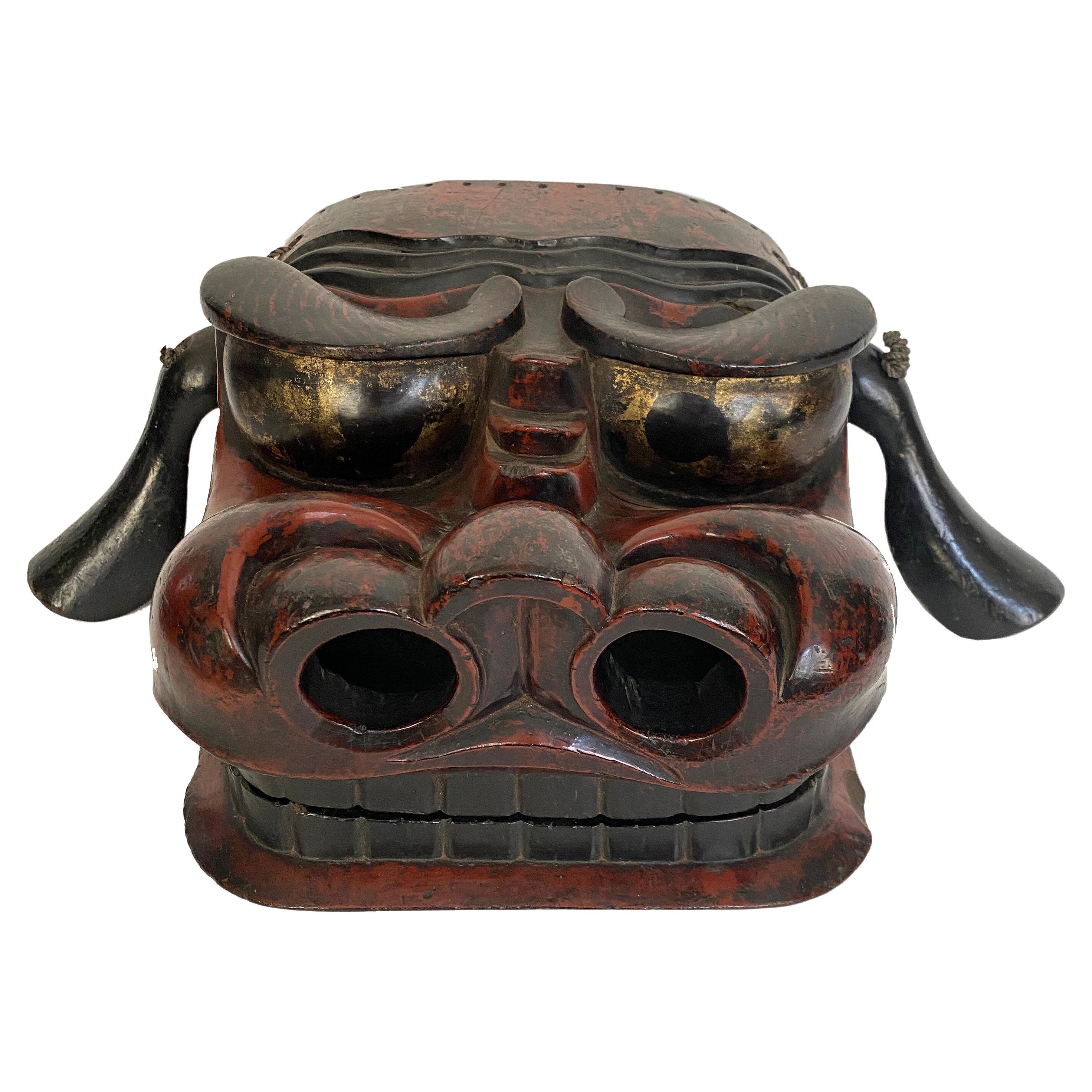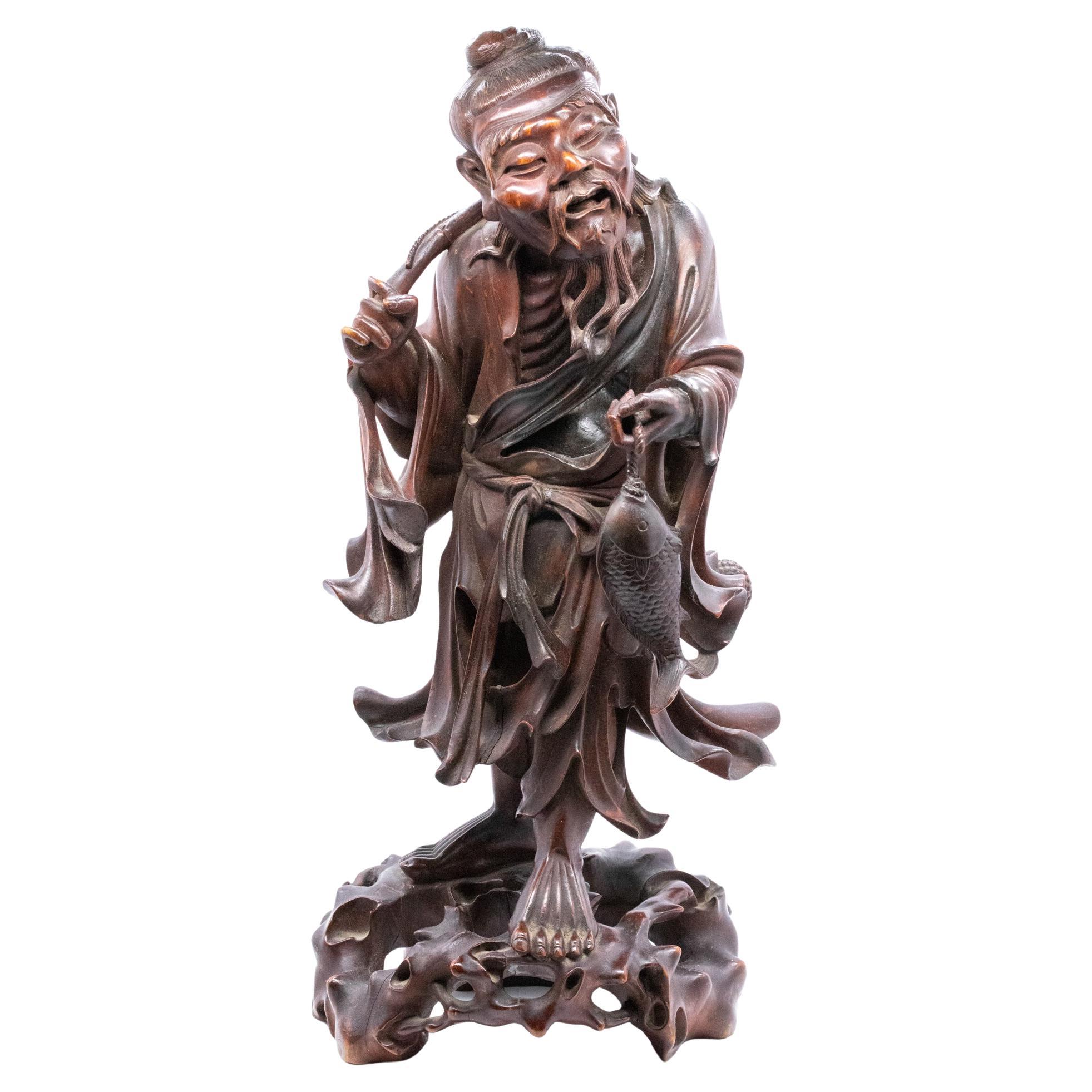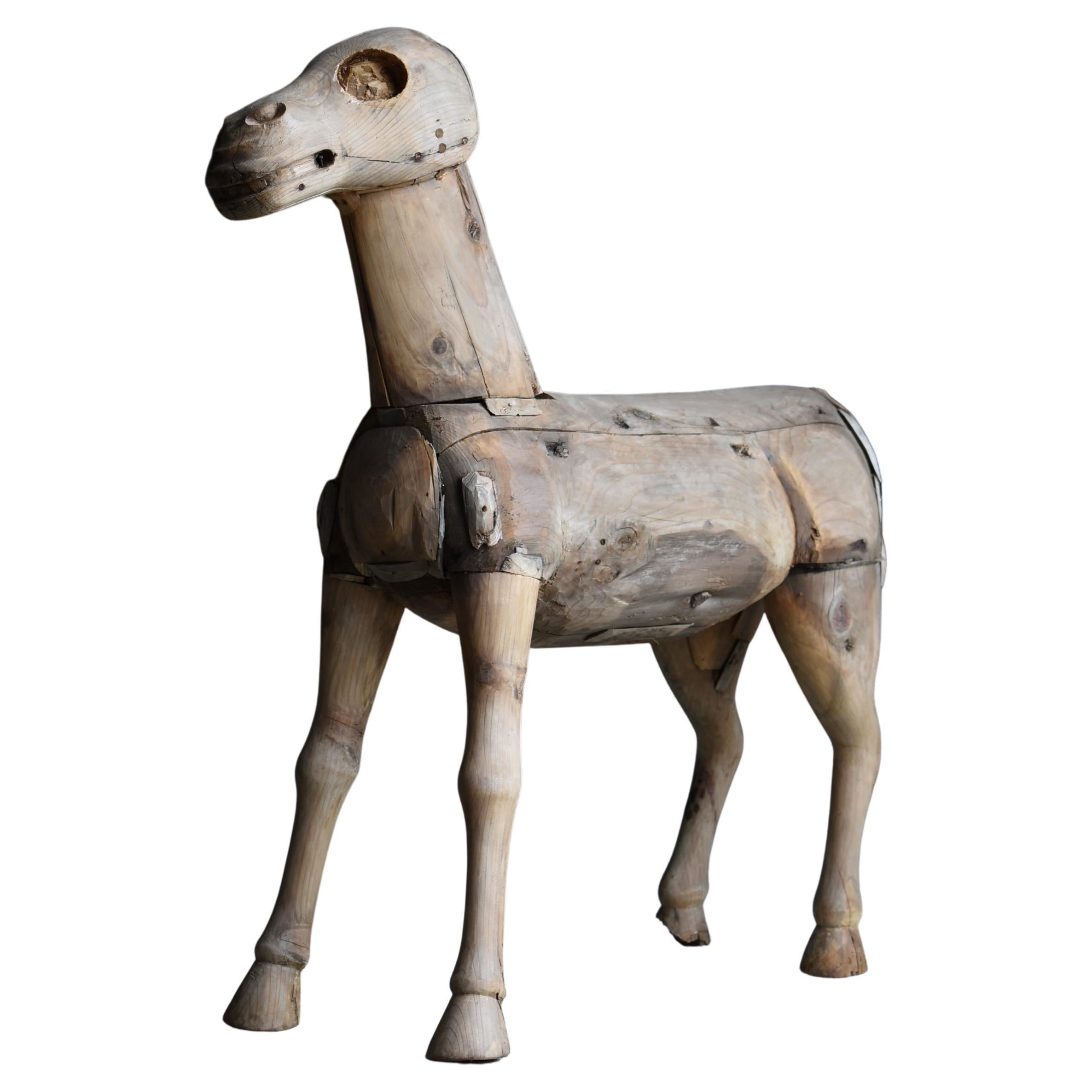Items Similar to Japanese Root-Wood Sculpture of Two Shi Shi Lion Pups
Want more images or videos?
Request additional images or videos from the seller
1 of 17
Japanese Root-Wood Sculpture of Two Shi Shi Lion Pups
About the Item
with rosewood stand. Must use imagination to see. Collectors kiri-wood box.
- Dimensions:Height: 4.25 in (10.8 cm)Width: 6.5 in (16.51 cm)Depth: 5 in (12.7 cm)
- Materials and Techniques:
- Place of Origin:
- Period:
- Date of Manufacture:circa 1880
- Condition:Condition report upon request.
- Seller Location:Hudson, NY
- Reference Number:
About the Seller
5.0
Recognized Seller
These prestigious sellers are industry leaders and represent the highest echelon for item quality and design.
Established in 1971
1stDibs seller since 2008
149 sales on 1stDibs
Typical response time: 8 hours
Associations
The Art and Antique Dealers League of AmericaAntiques Associations Members
- ShippingRetrieving quote...Ships From: Hudson, NY
- Return PolicyThis item cannot be returned.
More From This SellerView All
- Japanese Two-Tier Root StandLocated in Hudson, NYJapanese two-tier root stand. Traditionally used for displaying flower arrangements.Category
Early 20th Century Japanese Furniture
- Antique Japanese Root StandLocated in Hudson, NYAntique Japanese root stand. Meiji period (1868-1912) carving from a single piece of fruitwood in a natural root design. Originally made for presen...Category
Antique Late 19th Century Japanese Meiji Sculptures and Carvings
MaterialsFruitwood
- Early Japanese Hinoki Wood Sculpture of BishamonLocated in Hudson, NYEarly Japanese Hinoki wood sculpture of Bishamon. Kamakura period (1185 - 1333) sculpture made from hinoki wood. Bishamon is also known as Tamonten, meanin...Category
Antique 15th Century and Earlier Japanese Sculptures and Carvings
MaterialsWood
- Foo-Dog 'Shi-Shi' Incense Burner 'Koro' with Removable LidLocated in Hudson, NYThis unique piece of ceramic has beautiful color. It also has a collector's box.Category
Antique 19th Century Japanese Ceramics
MaterialsCeramic
- Japanese Natural Wood StandLocated in Hudson, NYHand-carved Japanese natural wood stand.Category
Antique Late 19th Century Japanese Furniture
- 16th Century Japanese Sculpture of a Buddhist TenbuLocated in Hudson, NY16th century Japanese sculpture of a Buddhist Tenbu, Late Momoyama period (1333-1598) sculpture dated "Bunroku 3", or 1594, in ink on the back. T...Category
Antique 16th Century Japanese Sculptures and Carvings
MaterialsMetal, Gold Leaf
You May Also Like
- Japanese Asian Wood Shi Shi Shishi Mai Lion Dance Gashira Noh Mask SculptureLocated in Studio City, CAA wonderful, beautifully crafted Japanese festival Shishi Lion Dance (Shishi Mai) mask (Gashira). The shishi mask represents a mythical lion that prote...Category
Mid-20th Century Japanese Showa Masks
MaterialsWood, Lacquer, Paint
- Japanese Edo Period Lion MaskLocated in New York, NYA rare Edo period (17th century-18th century) Japanese lion mask for the Gion Festival. This mask was part of a two-man costume, with one man holding the mask and the other at the back covered with fabric to perform the traditional Lion Dance...Category
Antique 17th Century Japanese Edo Sculptures and Carvings
MaterialsWood
- Japanese Lion Gion Festival Dance Mask, Lacquered Wood, Late Edo periodLocated in Point Richmond, CAJapanese Lion Gion Festival Dance Mask, Lacquered wood, Late Edo period This lion mask can be found at the head of a float in the Gion festival. It is...Category
Antique 19th Century Japanese Edo Sculptures and Carvings
MaterialsWood
- Set of Three Japanese Wood NetsukesLocated in Atlanta, GASet of three Japanese netsukes carved out of wood with a reddish stained finish, appear to be circa mid-20th century. One depicts a frog holding a trumpet; one a rooster eating grain...Category
Mid-20th Century Japanese Japonisme Sculptures and Carvings
MaterialsWood
- Japan 1890 Meiji Period Ebisu Sculpture in Wood Carving of an Old FishermanLocated in Miami, FLAn extremely well detailed wood carving of Ebisu, as a fisherman. Beautiful and well detailed sculpture, created in Japan during the Meiji dynastic period (1868-1912) back in the 1890's. This piece represent the god of good fortune Ebisu. Was exceptionally carved and executed from one solid single piece of rose wood, showing a gorgeous face expression, with intricate details in the hands and feets, he's carrying as usual a rod and a fish. Ebisu (yebisu), ???, god of fortune, the ocean and fisherman. In the japanese mythology is one of the seven gods of luck, sichi-fuku-jin, the patron of the fisherman and tradesmen. he is depicted as a bearded, smiling fisherman with formal long court ropes, often carrying a rod in one hand and a tai, symbolic fish of the good luck, in the other. The height is 14.25 inches (36.20 cm) and the base measurements is 6.5 by 6.45 inches (16.5 x 16.38 cm). Meiji period, is an era of Japanese history that extended from October 23, 1868 to July 30, 1912.The Meiji era was the first half of the Empire of Japan, when the Japanese people moved from being an isolated feudal society at risk of colonization by Western powers to the new paradigm of a modern, industrialized nation state and emergent great power, influenced by Western scientific, technological, philosophical, political, legal, and aesthetic ideas. As a result of such wholesale adoption of radically different ideas, the changes to Japan were profound, and affected its social structure, internal politics, economy, military, and foreign...Category
Antique 1890s Japanese Meiji Sculptures and Carvings
MaterialsWood
- Japanese Antique Wood Carving Large Horse 1800s-1860s / Sculpture WabisabiLocated in Sammu-shi, ChibaVery old Japanese large wooden carving of a horse. It dates from the Edo period (1800s-1860s). It is made of cedar wood. In Japan, there is ...Category
Antique Late 19th Century Japanese Edo Sculptures and Carvings
MaterialsCedar





